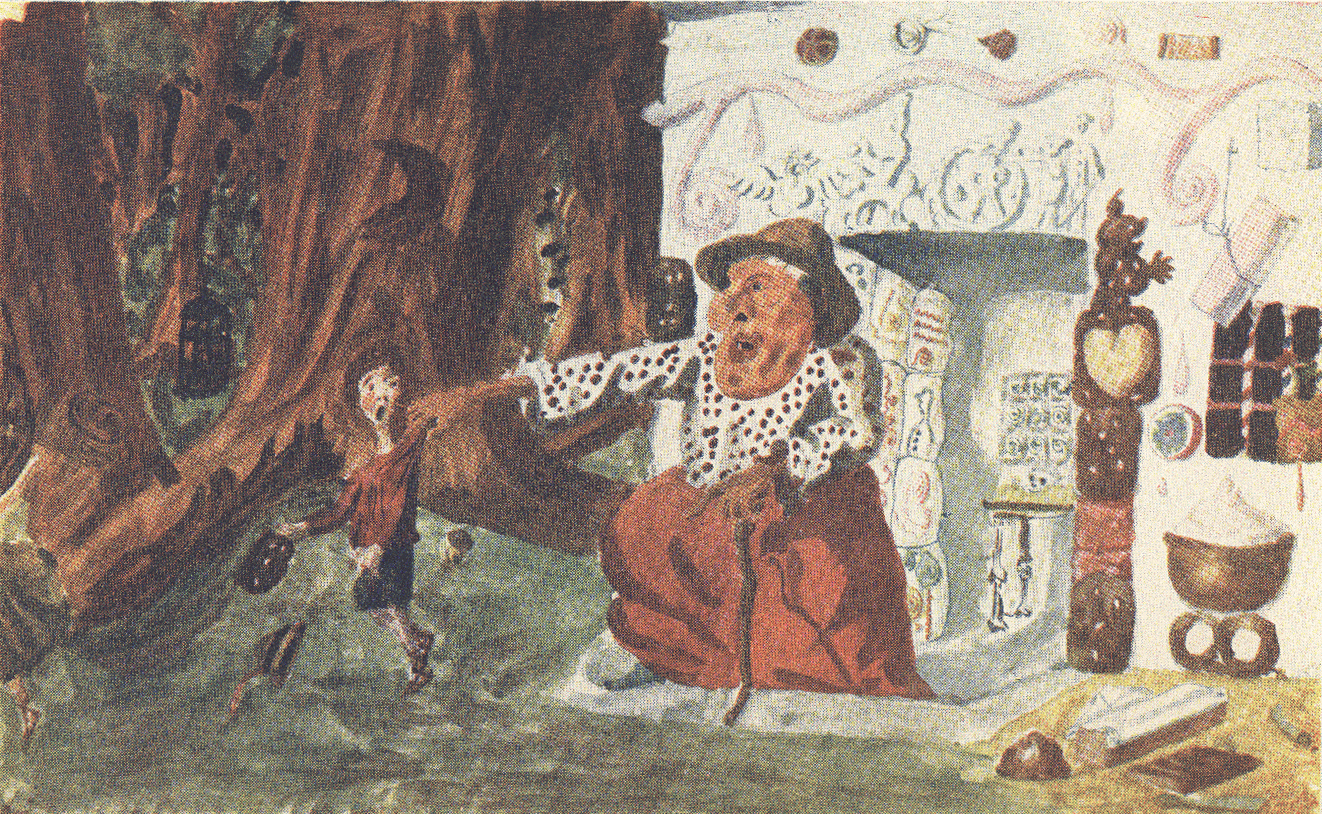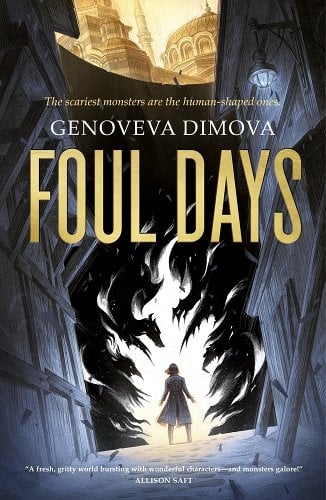First, let me explain my title: I like using “folklores” in the plural, since there isn’t such a thing as a single, monolithic Slavic folklore. There are many different Slavic folklores, all drawing on different influences and borrowing from various neighbours, creating a rich tapestry stretching across Eastern Europe.
At the same time, despite all our differences, there are certain things that are common in Slavic stories. Some of it likely has to do with the fact that many Slavic countries found themselves stuck behind the Iron Curtain in recent history, leading to many shared experiences. The strict censorship during that period has left a lasting impact on our literary traditions.
And some of it probably has to do with some ancient influence, something borrowed from the old fairy tales. For example, have you noticed how often the heroines of Slavic fantasy books are practical women, echoing the stories we all grew up with, of brave maidens rescuing themselves from zmeys, and witches who boil cocky heroes in their cauldrons? We also seem to have a true love for truly creepy monsters—upirs, rusalkas, and zmeys, who pop up in stories again and again.
These are the Slavic influences you can find in my debut duology, The Witch’s Compendium of Monsters, starting with Foul Days. Practical women, Slavic monsters—and the shadow of the Iron Curtain, depicted in my book as a magical, impenetrable barrier, trapping our witch protagonist in a city full of horrors.
Here are seven other books I love which borrow from various Slavic folklores.
Dark Woods, Deep Water by Jelena Dunato
Set in a world inspired by the Eastern Adriatic where vengeful Slavic gods trap lost travelers in crumbling, haunted castles hidden in snowy forests, this novel is atmospheric, creepy, both fast paced and intricately built. It is told from the viewpoints of three distinct narrators: a reluctant hero ex-assassin, a naïve noble whose dreams of courtly romance land her in deep trouble, and a con artist with a secret heart of gold. The con artist, in particular, is such a fascinating female character—flawed, interesting, and cunning, dripping voice from every page.
The Midnight Girls by Alicia Jasinska
Do you like sapphic monstrous girls? If so, this is the book for you. The Midnight Girls stars two young women who, as part of a malicious plot by their witch masters, compete against each other for the heart of a prince during the glittering balls of Karnawał season—but end up falling for each other instead. The main characters, Marynka and Zosia, are two of the novel’s many strengths: they are driven, ambitious, and willing to do anything to reach their goal. Another strength is the atmosphere, which is vivid, tangible, and so distinctly Polish, from the food and the clothes to the obvious 18th century inspiration.
The Second Bell by Gabriela Houston
The Second Bell is another story inspired by Polish folklore, following a young striga—a girl born with two hearts, one normal and one ‘dark’, who is considered a demon and banished away from her human village, to live with other strigas deep in the forest. There, she is taught she has to control her dark heart, or else risk becoming a monster. Except, our protagonist soon finds herself in a life-and-death situation only her dark heart can save her from. This is an intensely personal, atmospheric story about prejudices and learning to embrace yourself, dark heart and all.
The Witch and the Tsar by Olesya Salnikova Gilmore
A re-imagining of Baba Yaga’s life as a young woman in the court of Tsar Ivan the Terrible in Moscow, The Witch and the Tsar contains so many of my favourite things: historical inspiration, folk magic, and of course, Baba Yaga herself. Our protagonist quickly finds herself stuck between a tsar who becomes more paranoid and volatile every day and a queen who is likely being poisoned—and she has to navigate not only politics but ancient magic and young love. This story features so many fun little details that anyone familiar with the time period and the myth of Baba Yaga would recognise, which only adds to how atmospheric the Medieval Russian setting feels.
Where the Dark Stands Still by A.B. Poranek
When a village girl who has grown up believing that magic is evil develops a magical gift, she makes a deal with a Leszy—a forest spirit from Polish folklore—who offers her a bargain: a year of servitude in his crumbling manor, in exchange for a wish. Rich, complex, and beautifully written, this book is a must-read for anyone who likes mysteries, gothic settings, and a well-developed romance between characters you can’t help but root for. It reminded me of Naomi Novik’s Uprooted, but with a dash of Howl’s Moving Castle, which is undoubtedly a winning combination.
Thistlefoot by GennaRose Nethercott
Unlike the previous titles on the list, this is a contemporary fantasy set in New Orleans, exploring immigration and life in the diaspora, which makes it particularly dear to my immigrant heart. Once more, we’re following in Baba Yaga’s steps—or, in this case, in the steps of her chicken-legged house. After a pair of siblings inherit it, they plan to use it to take their family theatre on the road—except, it quickly transpires they need to outrun a truly nightmarish figure from ‘the old country’ to preserve it, as well as their family legacy, their newly found peace, and their lives. Thistlefoot expertly weaves a narrative influenced by Jewish and Slavic myth, mixing the magical and the mundane.
One for My Enemy by Olivie Blake
We’re in the U.S. again, this time in New York. This Romeo and Juliet retelling is about two rival witch families, tangled in a complicated mess of love and betrayal. The book revolves around the youngest brother and sister from each family, who meet each other by accident and fall in love; as well as their older siblings, whose relationship ended badly several years prior. The heads of the two families, Baba Yaga and Koschei the Deathless, borrow their monikers from Russian fairy tales, and there are all sorts of little Easter eggs sprinkled through the story that lovers of Slavic folklore would appreciate. Gruesome magic, tragic love, and complicated women—this book has it all.
Read the original article here

